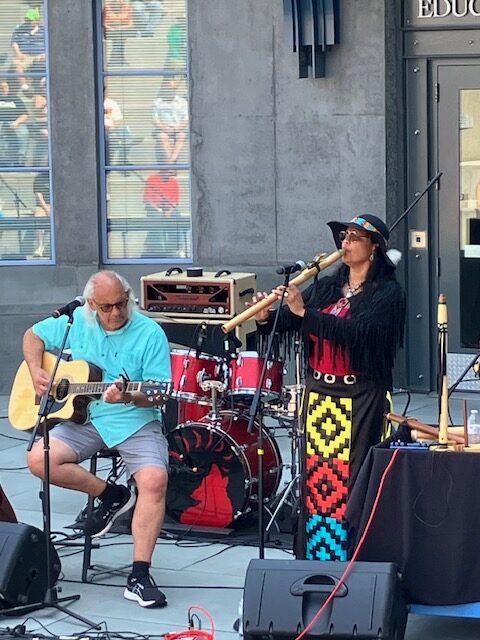The mammalian drive to belong to an “in group” is strong.
As children, we humans (like all mammals) first identify as part of a family, then as part of a “tribe”/community, then as part of a region (territory/state/nation/global community), learning how to get along, navigate, bond and survive.
As kids, we orbited around other kids who liked the same kinds of activities we did, whether that was Barbie dolls, GI Joe action figures, plastic horses, Lincoln logs or miniature railroads. We feel safest and most at home around “kindred spirits,” people who seem to value the same things we do.
Back in the day, before cigarettes were considered “cancer sticks”, Marlboro cigarettes were the cigarette for people who fancied themselves rugged individualists (cowboys). Ladies preferred Eve,
Camel Lights, and Virginia Slims.
Other “group think/speak” cultural niches include the Sport of Kings (horse racing fans), the Nectar of the Gods (chocolate fanciers), sports teams, political parties, and far too many more to list here.
- Volvo has branded itself “safe cars for smart people”
- Hybrids have branded themselves “wheels for eco-warriors”
- Maserati and Porsche have branded themselves “powerful vehicles for well-heeled superstars”
You get the idea.
If your product or service can be touted as an additional way to engage with, or publicly embrace, a well-regarded or much-ballyhooed group, go for it.
Recently I’ve seen promotional products entrepreneurs handing out free Seattle Seahawks bumper stickers here in the Pacific Northwest. They tuck them into their marketing materials. Smart move. For just a few cents a piece, they’re telegraphing to the community “We’re on your team, too.”







